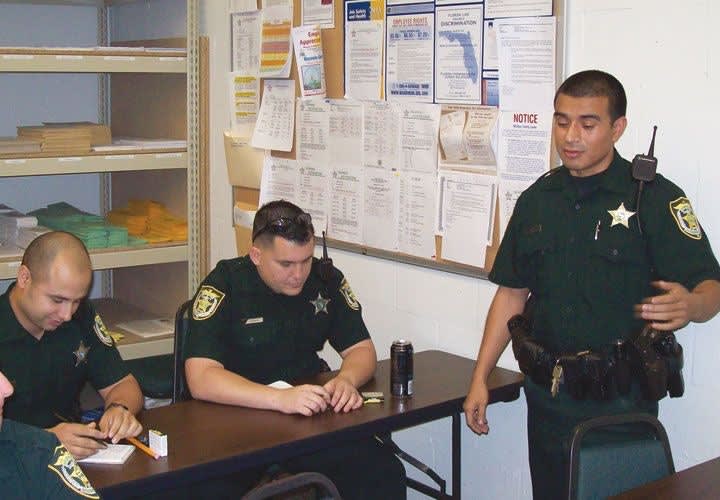As facilitator, however, you do have to make sure participants have any resources they need or at least the knowledge of where to get them. For example, if you're running a Hazmat scenario but your agency does not issue the Emergency Response Guide, you can direct the participants to the interactive Website for it online. Lastly, include a time frame for when the project is due and make sure you schedule a debriefing.
If overtime is a consideration, you can save time by giving your squad the opportunity to finish the project while at work. I used to give my squad 30 minutes every shift to work on their assignments assuming the call load and staffing allowed it. Let's face it, there is always some down time during your shift. Instead of networking with a zone partner (meeting to talk about last night's game), they can work on the project.
When the completion date arrives, you gather up all the answers and review them individually and comment back with notes. You next review them as a unit and go over best case responses at your debrief. It's an opportunity to work out any deficiencies you identified and work toward streamlining your response. If all goes well, you have completely gone through a course of action, made adjustments for the future, and become better prepared in the process.
When you do come up against a similar scenario in real time, it will not be as unfamiliar as if it were your first time handling it. Sports science acknowledges the power of visualizing. The mind doesn't care if the incident is real or imagined. As you work through it, it gets stored in your mind the same way.
When you start looking for how to handle something and reach into the filing cabinet of your mind for answers, instead of finding a blank file you will find information you can use. That is one of the main reasons this type of training is so important. Another reason is that as with New York's Mayor Giuliani, many possible issues that would have negatively impacted your response will be identified and cleared up well in advance of an actual incident. With some time and imagination, you can make wargaming training work for you.













